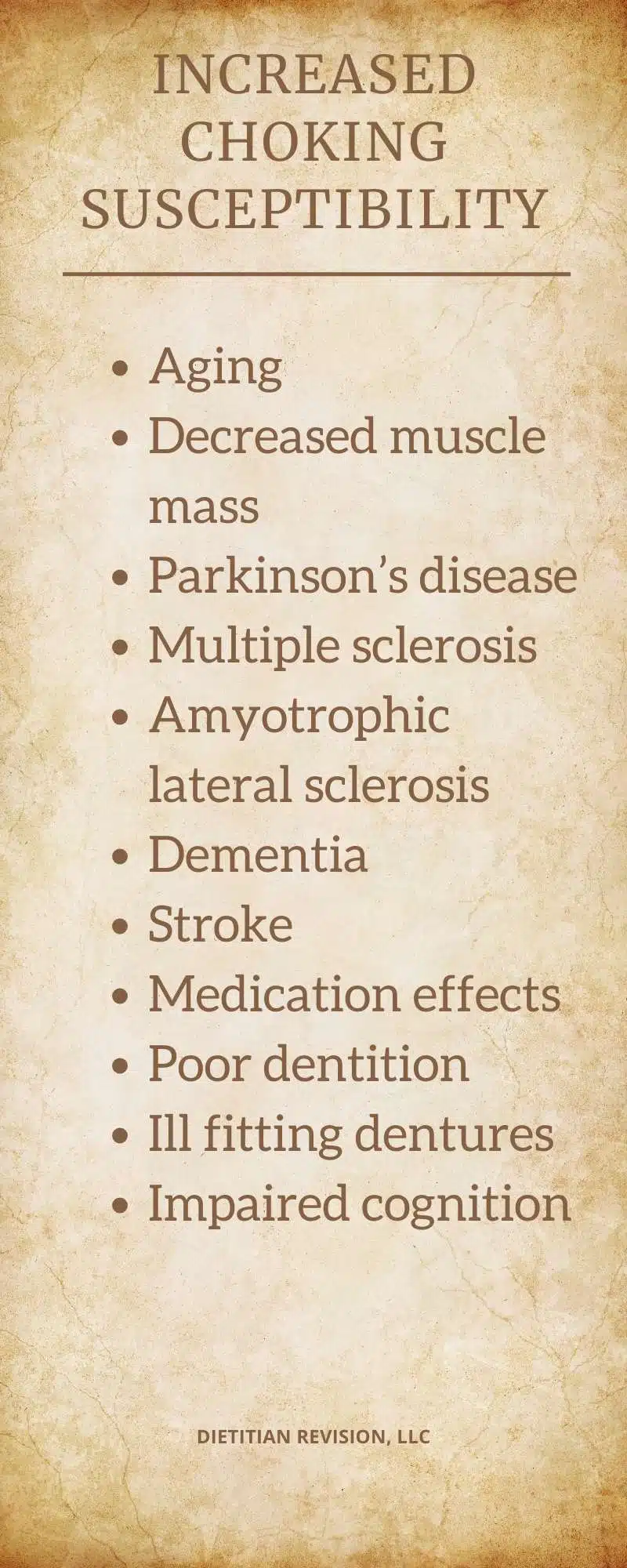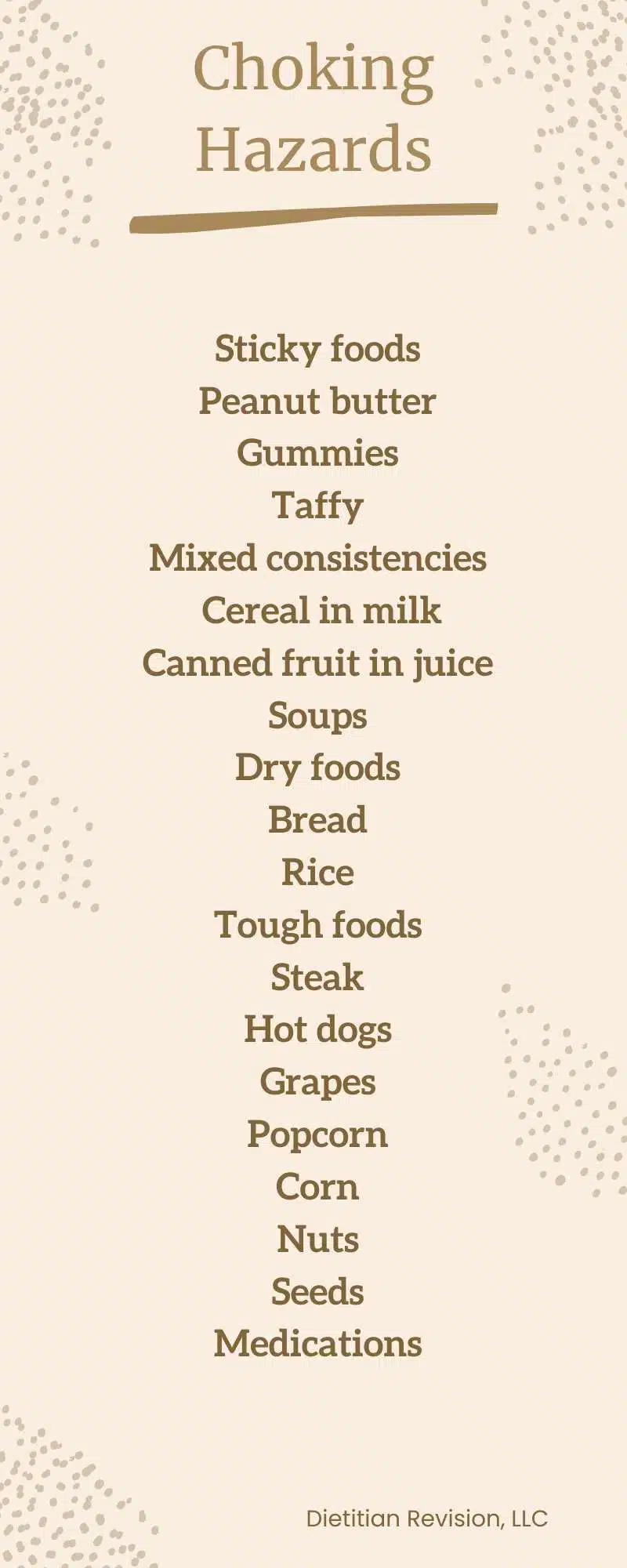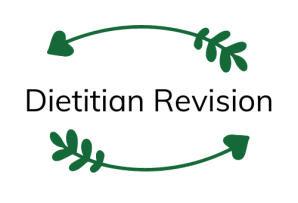The elderly population has many factors that impact their chewing and swallowing ability. This puts them at increased risk for choking.
People over 65 years old actually have a seven times higher chance of choking than young children (1).
As caregivers, learning how to prevent choking can help keep your loved ones safe during eating.
In this article, we will explore essential tips and strategies to help caregivers prevent choking incidents in the elderly. From understanding the common causes of choking to implementing practical measures to reduce the risk.
Read further to equip yourself with the knowledge and tools necessary to safeguard your loved one.
Understanding Choking in the Elderly
Choking occurs when food (or foreign object) gets lodged in the throat or airway, preventing oxygen from getting to the lungs and brain.
Factors increasing susceptibility to choking
There are many variables that can contribute to the elderly’s increased risk of choking.
- Age-related changes in swallowing function
- Underlying health conditions
- Medication side effects
- Dental problems or poorly fitted dentures
- Cognitive impairments
Age related changes
Decreased muscle mass that occurs with aging can weaken the muscles involved in swallowing. Swallowing becomes more difficult and choking can more easily occur.
Underlying conditions
Dysphagia (swallowing difficulty) is more common in certain conditions. There is increased risk for choking whenever dysphagia is present.
Dysphagia is more prevalent in patients with these conditions:
- Parkinson’s
- Multiple sclerosis (MS)
- Amyotrophic lateral sclerosis (ALS)
- Dementia
- Stroke
Medication effects
Polypharmacy (the use of multiple medications for health conditions) is common among older adults.
Medications can impact swallowing ability, such as muscle relaxers. Many cause dry mouth which impairs the oral phase of the swallow.
Dental problems
Dental concerns are pretty typical for aging adults. Teeth may be in poor repair or missing. Poor dentition can cause mouth pain and chewing trouble.
Dentures have their own set of challenges. They do not have the same chewing power as natural teeth. Issues with fit are also common.
Risk of choking is greatly increased if foods are unable to be chewed adequately before swallowing.
Cognition
Declined cognition impairs safety awareness with eating. Impulsivity may be present. Especially with dementia, some may forget the process of chewing and swallowing.
For these reasons any conditions impairing cognitive status increases risk for choking.

Identifying Choking Hazards
Knowing that the elderly are at increased risk for choking, being able to identify high risk items and signs of chewing/swallowing issues can help improve safety.
Common foods and objects posing a choking risk for seniors
- Foods with challenging textures
- Difficult shapes and sizes
- Medications
Challenging textures
Some textures more than others create a higher risk of choking. Some examples include:
- Sticky foods like peanut butter, gummies, taffy
- Mixed consistencies (a solid in a liquid) like cold cereal in milk, canned fruit in juice, soups
- Dry foods like bread, rice
- Tough foods like steak
These foods may need to be avoided for choking prevention. If unable to eliminate, increase supervision when eating these items.
Difficult shapes and sizes
Some foods are easier to choke on because of their shape and size. Cutting foods in small bites can help.
- Hot Dogs: slice lengthwise
- Grapes: slice in half
- Popcorn, corn kernels
- Nuts and seeds
- Rice: add gravy or sauce
Medications
Medications can be troublesome to swallow, especially when multiple pills need to be taken at one time.
Putting pills in applesauce or pudding can help. Some may even need them crushed instead of swallowing them whole.

Recognizing signs of choking in elderly individuals
Ideally individuals who are at increased risk for choking can be supervised during meal times. Watch for these signs that choking is occurring:
- Difficulty breathing or coughing while eating
- Inability to speak or make sounds
- Panic or distressed expressions during meals
- Turning red then bluish skin coloration
- Loss of consciousness
Strategies for Choking Prevention
Seniors may be at risk for choking, but there are strategies to reduce this risk and improve safety while eating.
- Encourage safe eating habits
- Create a safe dining environment
- Provide feeding supervision and assistance
- Modify textures
- Educate
Encourage Safe Eating Habits
- Encourage small bites and sips
- Encourage slow and deliberate eating, with adequate chewing between bites
- Discourage talking or laughing while chewing to prevent aspiration
- Encourage sips of fluid between bites to aid swallowing
Create a Safe Dining Environment
- Encourage proper positioning, sitting upright, ideally at a table
- Remove distractions and potential obstacles from the dining area
- Ensure adequate lighting and visibility during meal times
- Use adaptive utensils or assistive devices if needed for easier eating
Provide Supervision and Assistance During Meals
- Ensure seniors are seated upright and focused on eating
- Ensure the proper food and fluid consistency is being served
- Set up meal as warranted by cutting foods in bite sized pieces and adding moisteners to dry items
- Offer verbal cues and encouragement to chew food thoroughly
- Provide reminders to follow safe swallow strategies
- Encourage use of adaptive eating equipment if indicated
- Be attentive to signs of distress and intervene promptly if choking occurs
Modify Food Textures and Preparation
In some cases choking risk may be too great with regular foods. Textures may need to be altered to make items easier to chew and swallow.
Chopping, grinding, pureeing, and thickening may be required for oral intake to be safe.
Here are some general tips when preparing easier to swallow meals:
- Offer soft, moist foods
- Cut food into small, bite-sized pieces to reduce choking risk
- Add extra gravy or sauce, especially to dry items
- Avoid serving foods with challenging textures
Learn more about altered diets.
Educate Caregivers
It is not realistic to think you’ll be present for every meal. Educate other caregivers on the importance of following choking precautions and what safe meal time should look like.
Emergency Response and First Aid
Despite your best efforts, choking may still occur. Have an emergency plan in place.
If coughing is occurring during the episode they may be able to dislodge the food themselves. Encourage continued coughing if they are able to do so.
If they cannot cough or talk, choking first aid needs to be initiated. Educate yourself on the Heimlich Maneuver, CPR, and other choking first aid procedures.
Here is the American Red Cross recommendation.
Practical Takeaways
Choking is a very real and scary risk in the elderly. Luckily there are many ways to help minimize this risk.
Providing safe foods in a secure environment and having an emergency plan can help.


